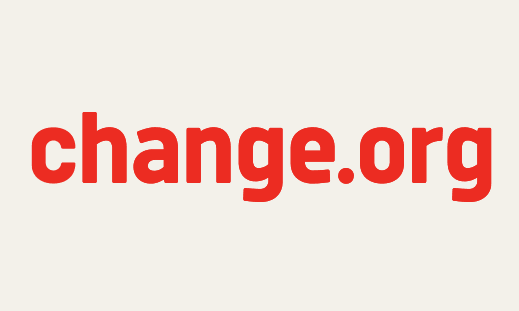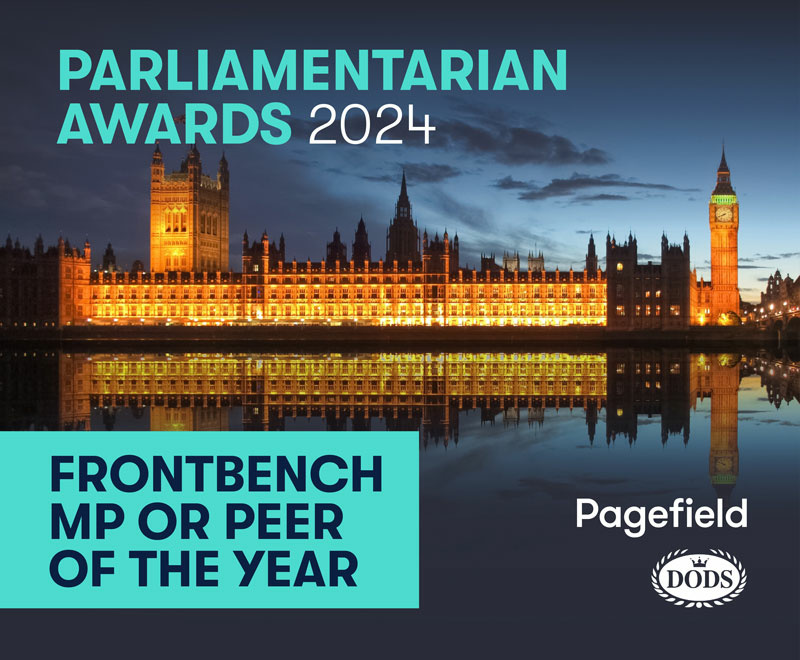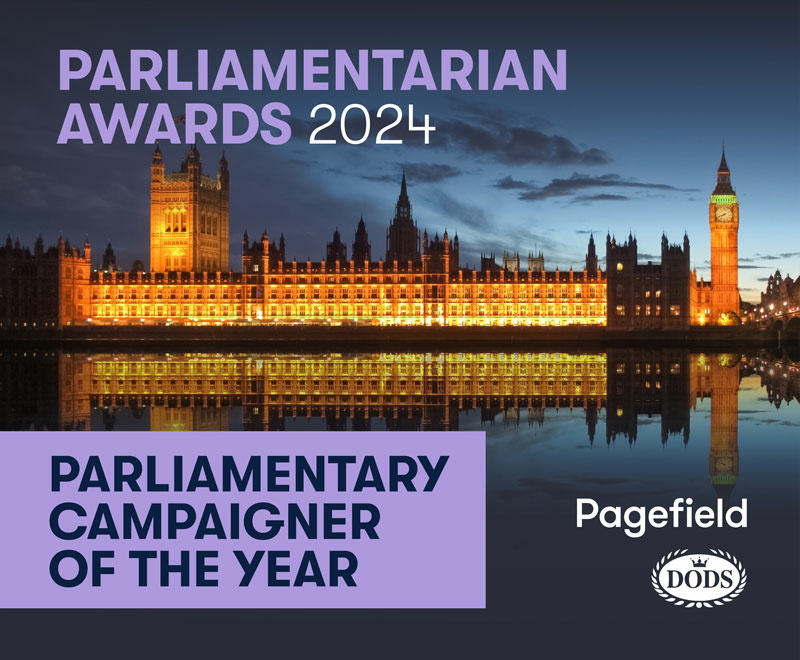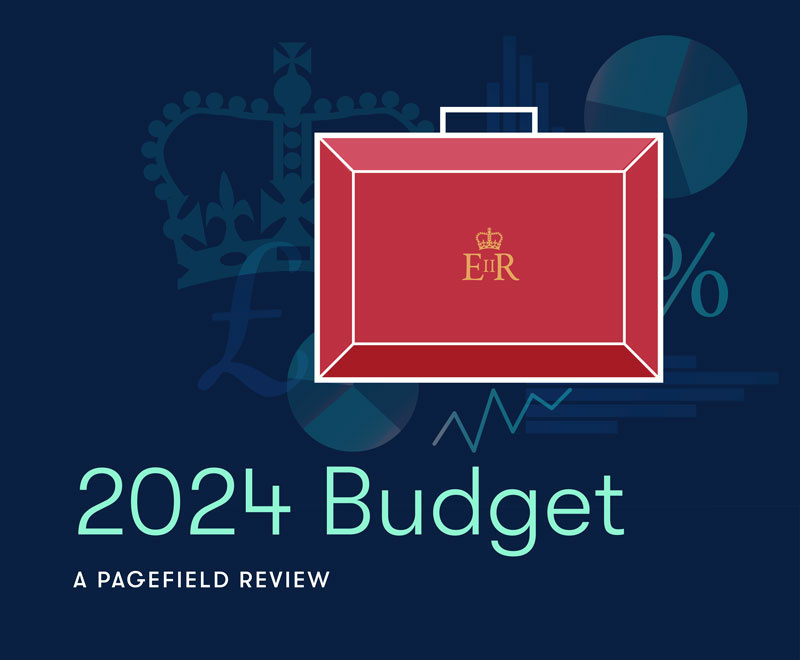The best campaigns often have one simple thing in common: they ask for things that can be delivered and they ask the right person to deliver them. While this sounds like a no-brainer, it requires some thought. What – exactly – do you want? And who can make it happen? While it is easy to direct a campaign to ‘government’ or ‘the Prime Minister’, it is much more effective to hone in on the person who wields the power and clearly communicate your mission to them.
The power of a personal story is crucial in making a campaign stand out. It is the human touch that separates text on a computer screen from causes that millions of people from every corner of the globe can get behind, and the best campaigns use a personal story to connect with their audiences. They aren’t about marshalling technocratic arguments; they’re about making people feel something. They can be tear-jerking or laughter-inducing, but whatever they are they must provoke an emotional reaction in order to work.
The ‘little big thing’ is a phrase we have coined to describe those campaigns that bring to life a big subject using personal testimony. For instance, when Lindsey Garrett campaigned to save the New Era estate in Hoxton she was successful partly because her situation spoke to a wider truth about the UK housing crisis, the lack of affordable homes in cities and communities being displaced. It is this link between the ‘little person’ and the big issue that often brings a campaign to life.
Great campaigns know how to harness the momentum that the online world gives them in order to create the maximum impact. The internet has had a catalytic effect on campaigning, meaning making a difference no longer needs to take months and years. It can be done in a matter of hours and days. Thanks to the 24/7 online news cycle and proliferation of social media platforms, you can post videos, organise demos, build instant virtual communities and create an army of advocates from all around the world. However…
Social media are effective, but traditional media are vital in spreading your message to reach as many people as possible. The best campaigners are just as prepared to call up their local news room and knock on doors as they are to engage online influencers. The internet may be one big engine room for change, but to create a mass movement you have to blend online tools and activities with offline ones.
Tom Bage is UK comms director at Change.org




